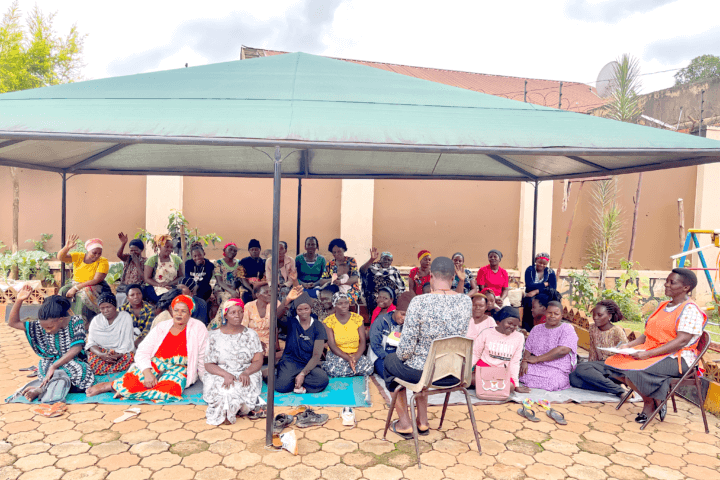In a series of forums on Affordable Housing in Concord, the Concord-Carlisle League of Women Voters has provided our community with two lively opportunities to learn: why we have failed to become a truly accessible community and what we can do to change this narrow exclusivity in the future. The story is not pretty, but some solace resides in the fact that we are not alone as a 128 suburban town, and many ardent Concordians have tried to make ours a more diverse and welcoming place. The remedy: we simply need to try harder.
Of course, nothing is simple. The impediments to diversity have a long history. Lily Geismer, a professor at Claremont-McKenna College and a former Concord resident, observed at a DEI Forum on Affordable Housing, that a combination of zoning decisions in the ’50s and ’60s, which were intended to preserve “our historical charm,” and a local desire to limit commercial and industrial development, essentially assured our inaccessibility. Professor Geismer noted that by ruling that all housing plots must be at least one acre and all houses must be single-family residences, Concord priced out all but the more prosperous middle class. Even with a Fair Housing initiative in Concord in the late ’60s, where citizens pledged not to behave discriminatorily when selling a property (and the list of signees was long), the housing prices kept most homes out of reach. Today, for example, Concord has a Black population of 1.5 percent (if you do not count persons in our two prisons) versus an overall state population of over 7 percent.
Liz Rust, the Director of RHSO (Regional Housing Service Organization), and a Concordian, noted that Concord is a “very slow producer of affordable housing,” for we have only produced eight new units in the past 10 years. With the dual failures of the Junction Village project and the Thoreau Business District initiative, over 13 years of hard work and planning were rejected. The irony is that we are a community with the resources, with financial means and committed citizens, to create affordable housing, where so many others do not. A systemic bias, Liz suggested, against families that might bring more children to Concord, has meant a general reluctance to support affordable housing with more than one or two bedrooms. She also observed that Concord will face an upcoming Fair Housing Federal test of “disparate impact” discrimination “against a protected group,” next year, and we may not fare well.
Liz noted that the one exception, in recent years, is the Assabet River Bluff Project, passed through the CPC (Community Preservation Committee) at last year’s Town Meeting, which will add five new, affordable units and acres of preserved open space along the river. Every effort is underway to accelerate that project through freeing up the use of affordable housing funds ($1,044,255.76) previously committed to the Junction Village/Christopher Heights project. Citizens will have an opportunity to help with this effort at both the Special Town Meeting [Warrant Article #4] and again at the regular Town Meeting in the spring.
Keith Bergman, Chair of the CMAHT Fund (Concord Municipal Affording Housing Trust), spoke at both the DEI forum and at the LWVCC First Friday discussion on Nov. 4. Echoing a consistent refrain that, as Liz intoned, “diversity is an economic and social benefit, not a charitable gesture,” Keith spoke of the consequences of falling below the State’s 10 percent affordable housing mandate when the new census figures are reported in the spring. The Town will be susceptible to an “unfriendly 40B,” which allows developers to override local zoning restrictions. While the 40B process is complex, so is the building of affordable housing, he stated. It takes years to find the land, attract the developers, create infrastructure support, and finally consummate affordable dwellings.
At the same First Friday, Marcia Rasmussen, Concord’s Director of Planning and Land Management, effectively spoke about the myriad goals (8) and strategies (14) the Town presented as their 2015 Housing Production Plan and worked to achieve over the past 6 years. While many have been thoughtfully and productively managed, Marcia admitted that we have important challenges ahead. Among the problems, she reminded the audience, is the pressure on our town’s infrastructure, most specifically the sewage system. [Keith had quipped earlier, “It takes a sewer to make a village.”]
Several works were suggested, at both gatherings, as valuable sources for informed citizens: Lily Geismer’s Left Behind, Richard Rothstein’s The Color of Law, and Ibram X. Kendi’s How to be An Antiracist. As well, the DEI Forum is available on the Minuteman Media Network’s YouTube channel, and the League’s First Friday is available on our website.
Remember, democracy dies in darkness, and shining a bright light on our challenges going forward provides an informed community.
Diane Proctor
Board, LWVCC





